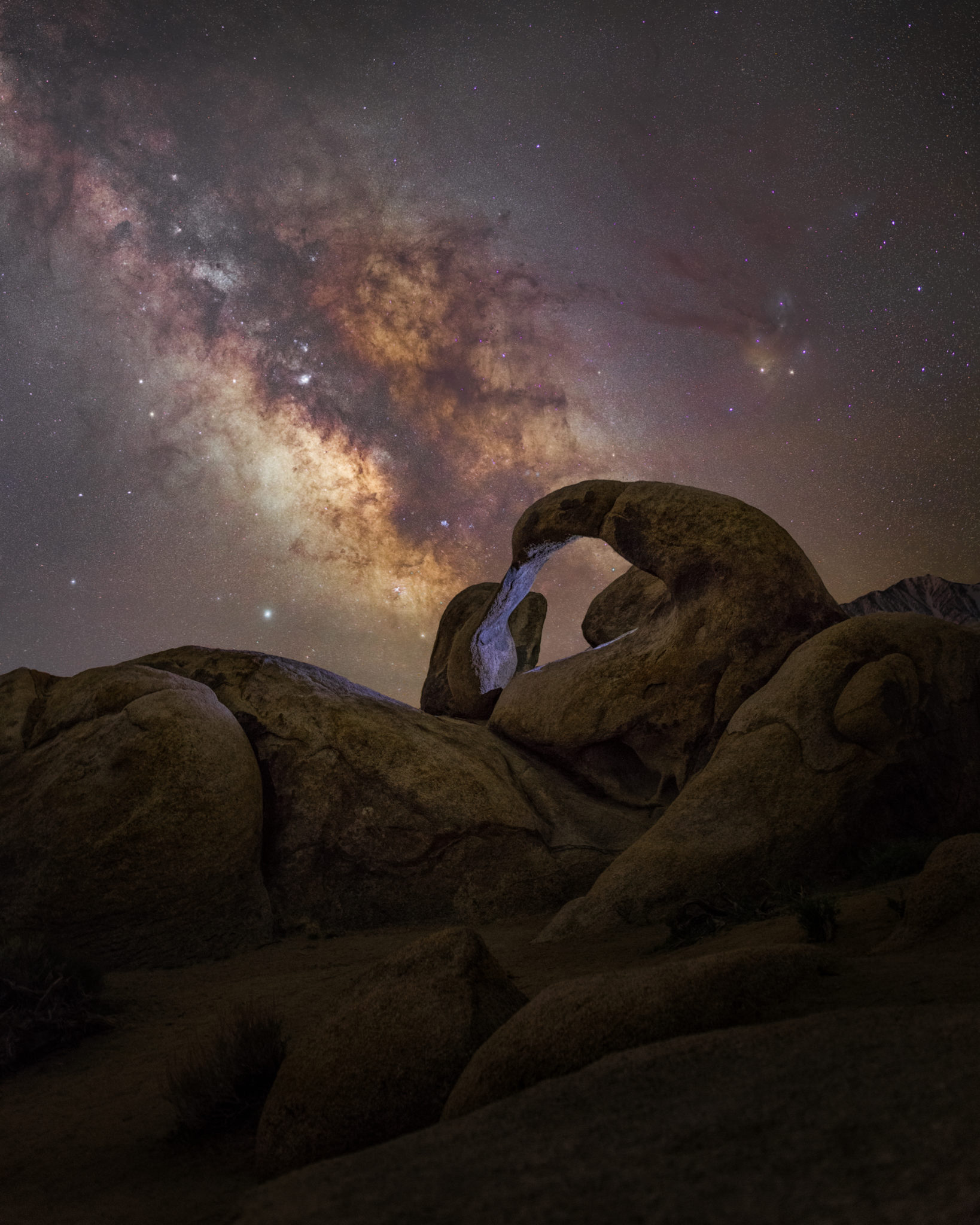Last Updated on 08/22/2018 by Mark Beckenbach
Steven Magner gets his nightscape photos with a little help from the Hoya intensifier filter
Photographer Steven Magner’s interest in photography started at a young age when his grandmother bought him a Fujifilm MX-1200 for Christmas in 1999. He’s always been a landscape and wildlife photographer in Connecticut until he moved to Los Angeles to work as a graphic designer. It was there that he got into architectural photography and the effects of the photo bug’s bite grew infectious. Today, his wife refers to his camera as “his mistress.” Upon looking at his work, we were in awe of some of the stuff he made at night. His secret – a little filter from Hoya.
Editor’s Note: The is a sponsored blog post from Hoya Filters being provided in part for funding our first Analog photography zine: Emulsion.
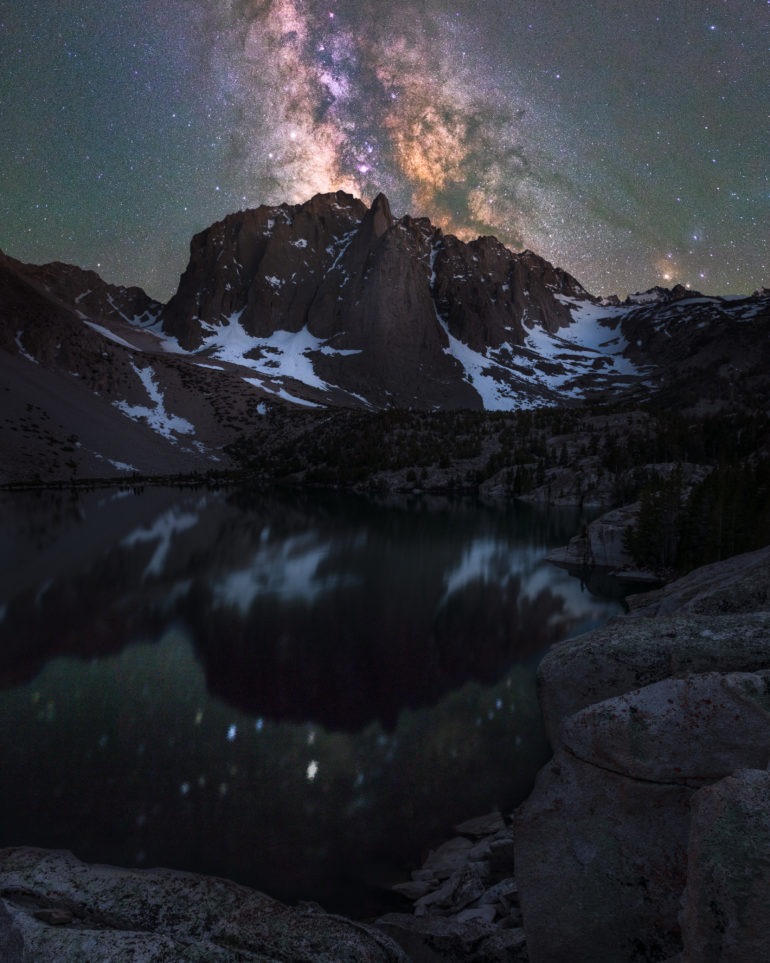
Phoblographer: Talk to us about how you got into photography.
Steven: Back in 2016 I was working as a marketing manager for a real estate company and was constantly placing beautifully captured, architectural images in marketing collateral for agents. A friend of mine was one of these architectural photographers I worked with a lot and he agreed to bring me on a few shoots to see what his side of the industry was like. After investing in some equipment and getting a few practice shoots in I decided to turn a hobby into a career. I don’t know that my wife was totally prepared for this unexpected career change but I’ve seemed to make it work.
Phoblographer: What made you want to get into landscapes and night photography?
Steven: I needed an escape from city life. Having an excuse to hit the road and spend time in nature, something I took too much for granted growing up in Connecticut, felt very calming again. As I said I worked in real estate and that industry demands a lot of constant coddling; I needed an outlet where I could just let my creativity shine.
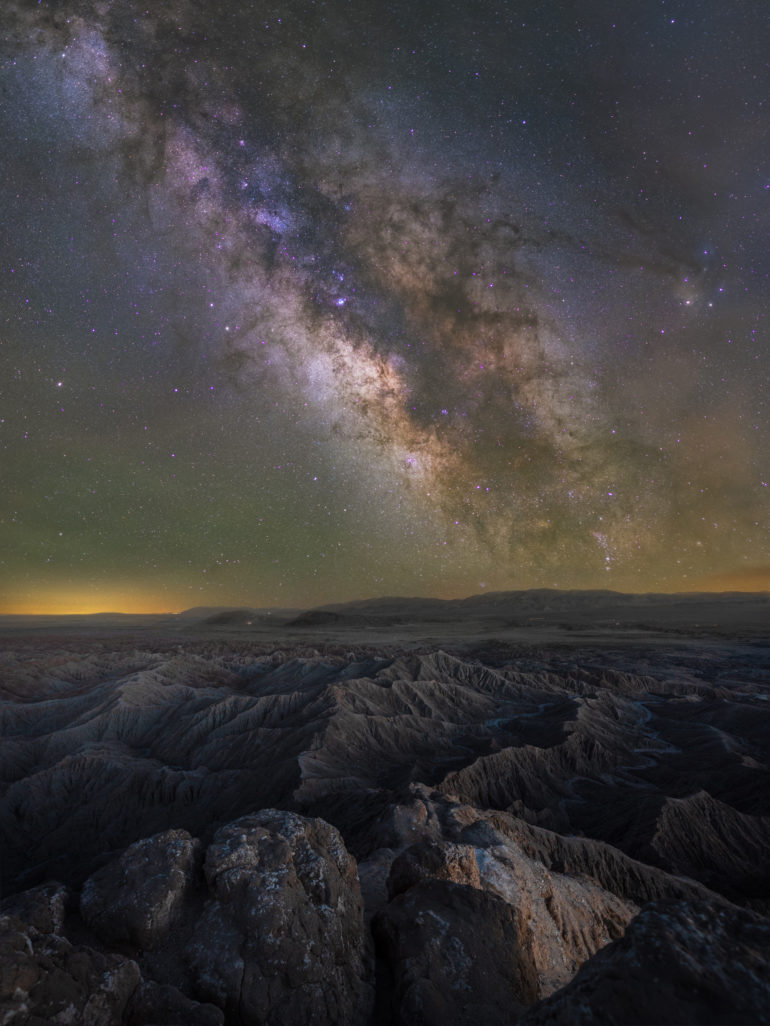
During my first camping trip to Joshua Tree National Park with my wife I decided I wanted to take a photo of her near a camp fire. I had no idea how to do this so I read some blogs for settings in low light photography, attached an intervalometer, hoping that my camera would capture at least one decent image all night, and let it run for hours. Unfortunately when I looked at the images on my computer my wife turned into a ghostly figure, but as I cycled through the photos I quickly noticed I had pointed the camera north. I was so captivated by how many stars my camera picked up, and seeing the movement over a four hour period of images was mesmerizing.
Phoblographer: Your specific creative vision seems to be all over the place with a mixture of influences that harken back to paintings like those from Bob Ross, some of Adams’ work, etc. Where have you drawn inspiration with your photography?
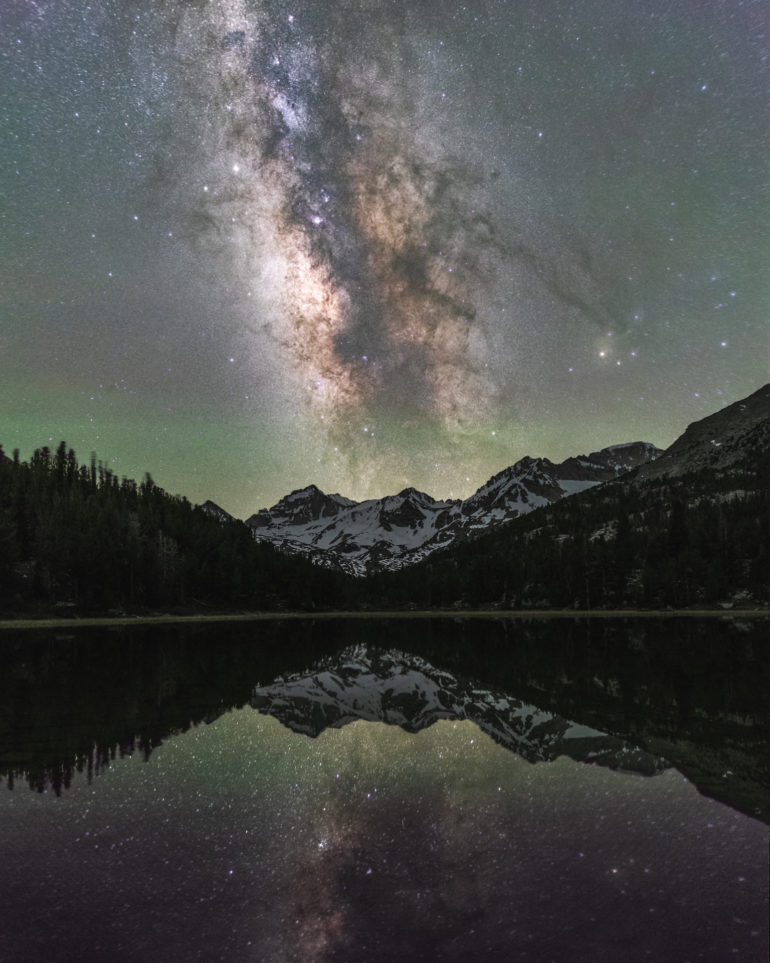
Steven: It’s happened a few times but people have compared my style to Bob Ross. I would probably have to say I am influenced the most by Joshua Snow, Thomas Heaton, Nick Page and Sean Tucker. I don’t come from a traditional art or photography background with years of studying how to use film, light and color, so the desire I have to produce beautiful work is from those who I feel are constantly pushing themselves to achieve better results with their work, and influencing others by sharing what they have learned through trial and error. A lot of my work has come from constantly trying new things and learning more about what I think looks good.
Phoblographer: Your body of work is very balanced. Many photographers seem to put a bigger emphasis on the land while others emphasize the stars. But you tend to do both with variety in where you place the horizon. Is this intentional or is it just a result of what you see when you come back from a photography session?
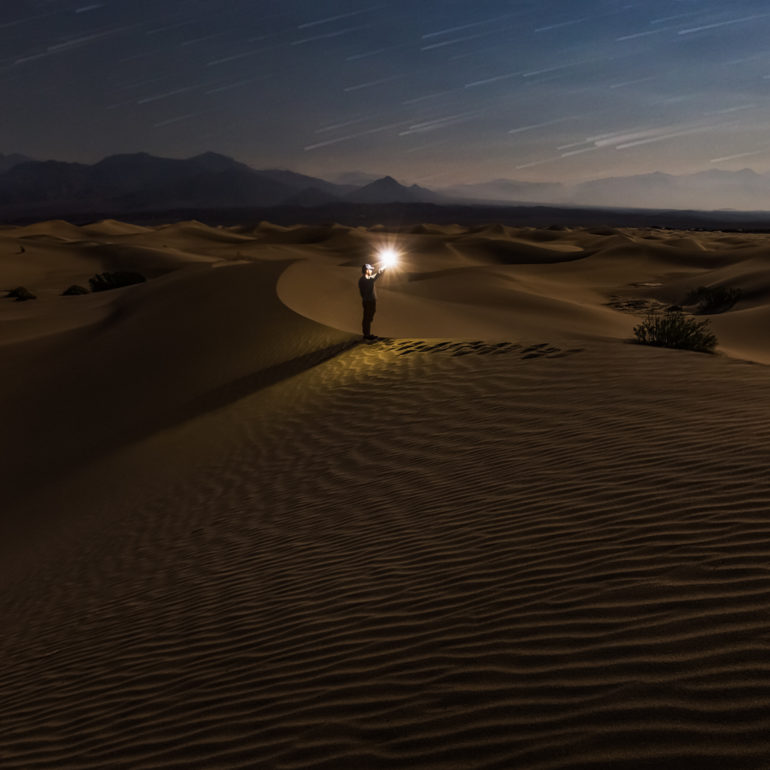
Steven: Thanks so much! I’d like to think I keep an equal balance in mind when I am shooting my landscapes. The bottom line is I want to bring my audience on an adventure. With today’s technology anyone can find a dark location, stick their camera on a tripod, and fire away at the stars forever. Unfortunately I can’t just shoot the stars from my backyard, so I have to get out and find them.
Phoblographer: How do you go about finding the locations that you shoot in?
Steven: I spend a lot of time looking at maps determining best angles for the milky way at various locations, [and] how the moon will play a role in lighting up the foreground. A lot of places I have shot, others have already been, but it’s about putting in the research and planning your trip ahead of time to discover new looks to overshot spots.
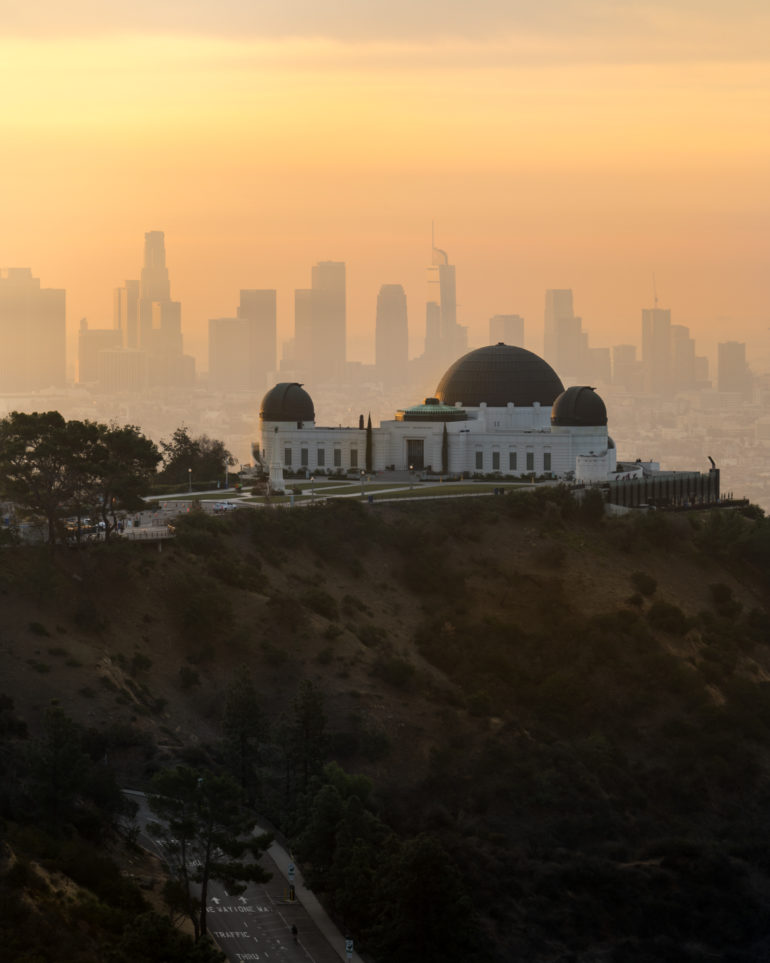
Phoblographer: How often do you need to return to get the image that you really want? Many photographers find that they often need to do this consistently and the longest that I’ve heard is four months.
Steven: I’ve now shot at Big Pine Lakes twice in the last month. The trip starts at nearly 8,000 feet up and is 10 miles round trip with over 2,000 feet of elevation gain. Before my first trip I had never backpacked in to a campsite before and after the first mile of hiking I already knew I had over-packed my bag. Not only that but my friend and I dealt with on and off rain/hail from 2pm when we set out on our hike, until 11pm when the rain finally died down. We were lucky that the clouds parted for two hours, long enough to capture the milky way.
“…the filter cuts a considerable amount of the light pollution making the images captured in camera easier to work with. And while the intensifier filter is mostly associated with capturing the milky way, I use it all the time when shooting street photography at night on overcast days. It removes the orange hue that often reflects off the clouds.”
On my second trip back it was bluebird weather which is great for astrophotography, but awful in terms of finding adequate shade. I struggled more on this trip due to starting my day at sea level and being beat down by the sun for hours. The pay off at the top was worth it, but we went on a new moon and while the sky was bright the foreground was dark and without any clouds, and a lot more snow melt, the aura of the location was kind of lost. I will probably go back again next month for another peek, but I have a feeling this will be a shot I will come back to again next year.
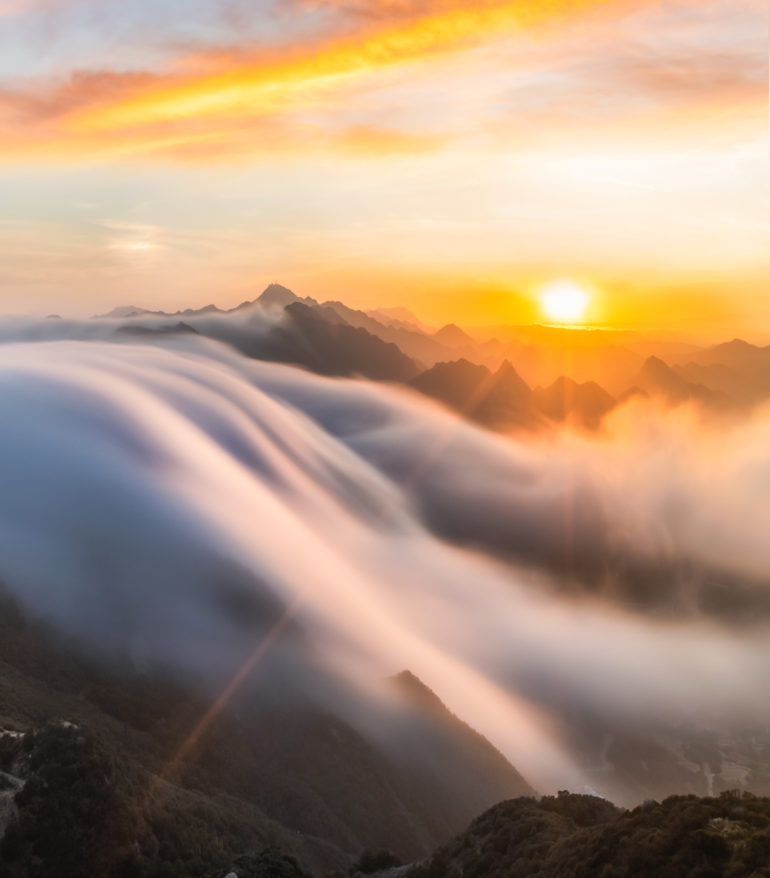
Phoblographer: You state that one of your secrets to creating the images you make is by using the Hoya intensifier filter. What is an intensifier filter and how do they work? How apparent is the effect on your images? What else have you used them for besides the type of work that you do?
Steven: I live in Los Angeles and many of the places I shoot at night wouldn’t look nearly as great without the filter. The reason I like the filter is that it helps cut down the color emitted from sodium vapor lamps which cause a lot of light pollution. Malibu is a Bortle 5 sky, meaning capturing the milky way is tough and that the local light pollution is extremely bad, which makes sense due to it being on the outskirts of a big city. However, the filter cuts a considerable amount of the light pollution, making the images captured in camera easier to work with. And while the intensifier filter is mostly associated with capturing the milky way, I use it all the time when shooting street photography at night on overcast days. It removes the orange hue that often reflects off the clouds.
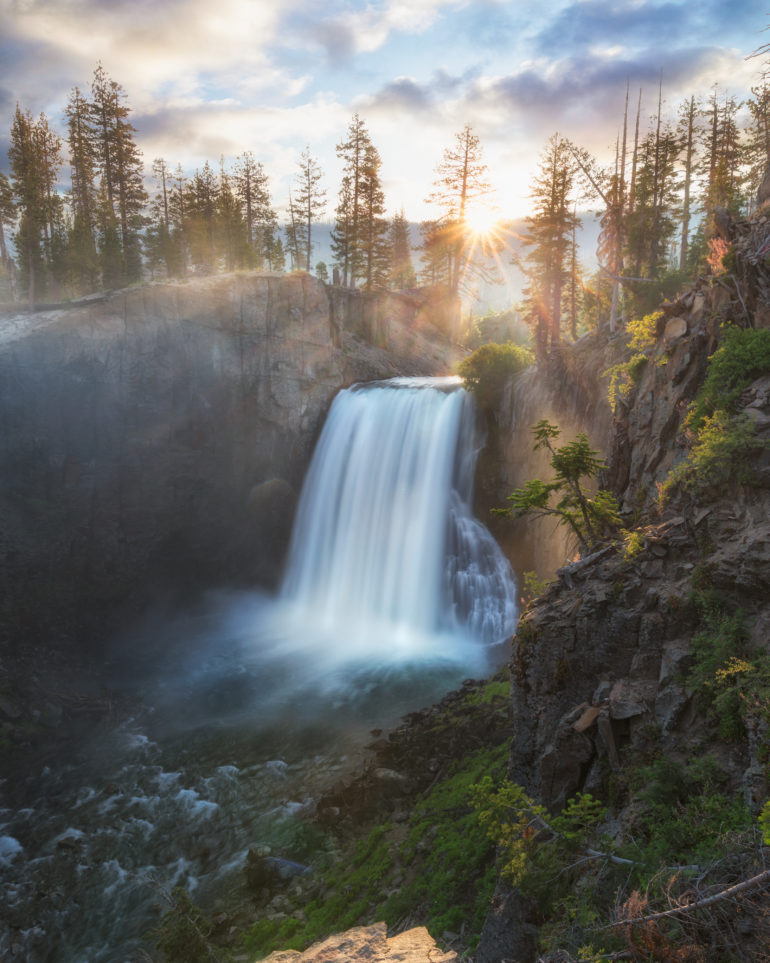
Phoblographer: When using the filters, are there any special parameters or key points to keep in mind like you would with an ND filter? How does it affect the way you compose?
Steven: While not necessary, I think as a hobbyist trying to push their talent level it’s wise to move away from depending on Auto White Balance all the time. I usually take a couple test exposures to see what my camera is picking up, and then I adjust the Kelvin to a comfortable level where my sky isn’t too blue or yellow.
Phoblographer: What other gear are you using these days?
Steven: My favorite set up right now is the Slik Pro 823CF with the Manfrotto 410 Junior Geared Head. I have seen a lot of photographers using ball heads and trying to shoot panos at night which to me is crazy. When setup correctly, the Geared Head keeps a level plain when moving side to side for the perfect panorama, but because it can be pretty darn heavy the stability of some good carbon fiber legs like the 823’s are essential for any sort of distance trips.
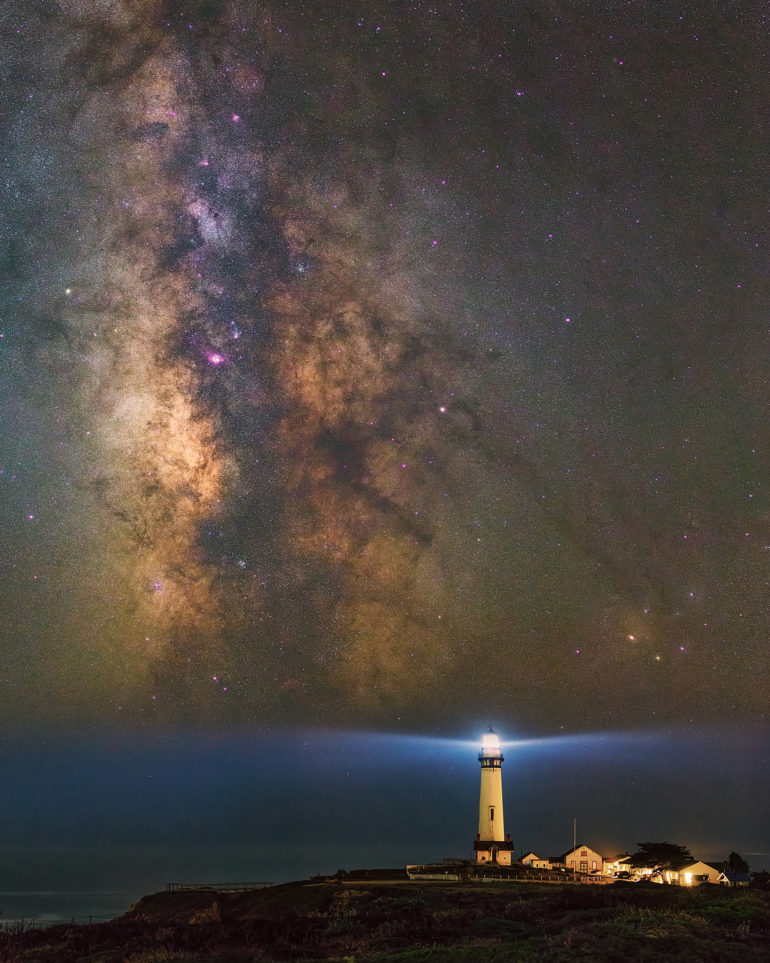
f/2.8, 5 seconds, 6400 ISO. Pano. Hoya Intensifier
Phoblographer: Any cool projects that you’re working on?
Steven: I just released a few tutorials on Youtube about milky way post processing. Expect more in the future!


